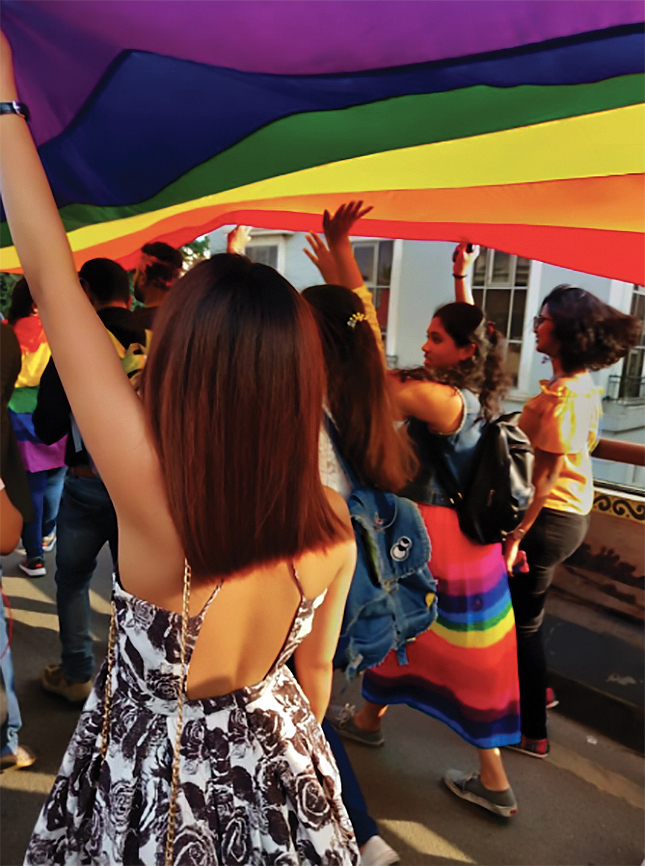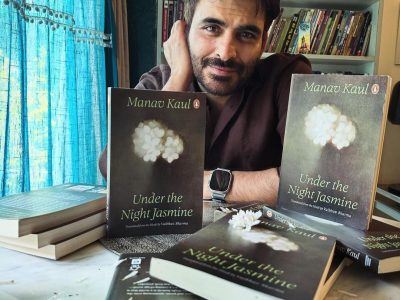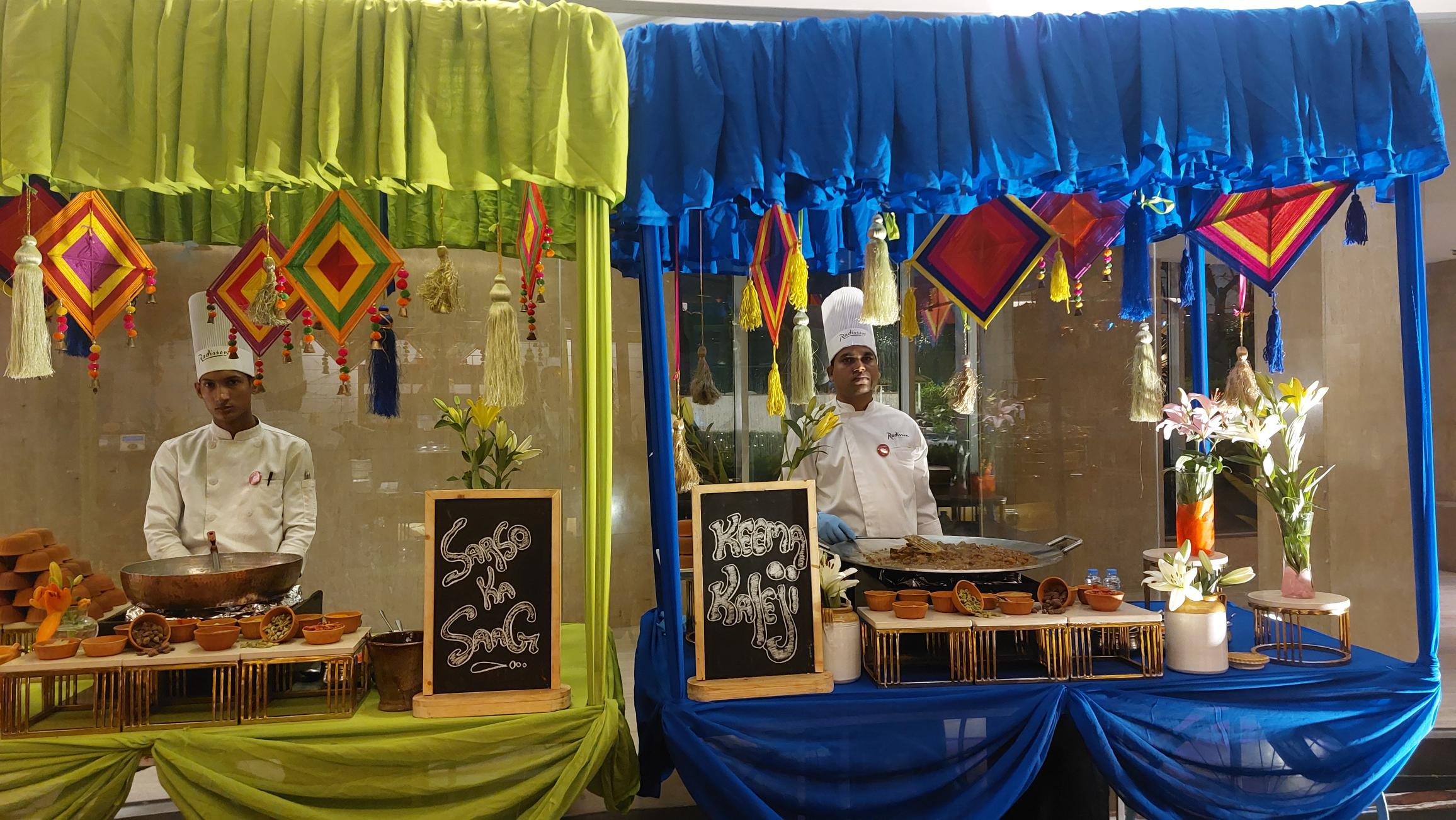There is a difference between sexuality and gender—the two words should never be confused or used interchangeably
Before we dive into the visibility regarding gender complexities, I would like to reiterate two differences in two different discourses that are significant in order to understand the points raised in this article, which also hold the potential, and are often confused or used interchangeably. The first being: Gender and Sexuality.
Gender is not the same as sexuality. Gender can be understood as a social construction which calls upon the person to perform the gender roles ascribed to them by the society which otherwise would be deemed “abnormal” or “queer” (going by its original meaning of ‘Strange’) if the person fails to perform acts of masculinity or femininity according to their sex. Sexuality, on the other hand, is more biological, i.e., it stands for who you’re attracted to sexually or romantically but biology by no means should be your destiny.
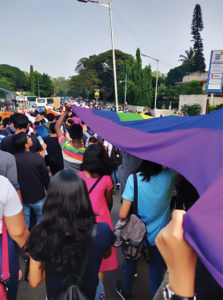
Too often, especially in our Indian society, we mangle the ‘is’ of sexuality and automatically link it to the ‘ought’ of social roles or gender roles. The second difference is the scraping off of Section 377 of Indian Penal Code being entirely different from legalisation of LGBTQ rights or marriage in India.
Small and not too frequently misconceived but necessary to be talked about nevertheless.
The decriminalisation of Section 377, aside from allowing the members of the LGBTQ community to have a strong legal hold regarding harassment and sexual abuse, acknowledges the existence of (a) the presence of more sexualities than just transgenders and more importantly (b) the community itself. The very first step in eradicating the social and physical abuse against the LGBTQ community is the acknowledgement of its presence which is far more crucial than it may appear to us.
Despite the resistance that may be whispered under the breath while changing the channel that celebrates this small but necessary victory, within spaces of many Indian families, there are also parents and people who are slowly becoming more sensitised towards different topics in the gender spectrum which is thereby allowing children, teenagers and adults alike to come out of their closet, perform their agency over questioning their selfhood and breaking away from the binary. A small glimpse of this can be taken from the Pride Marches held all over India across time, the very first being Kolkata Rainbow Pride Walk in 1999 to the various marches held this very year such as Jamshedpur Pride, Delhi Queer Pride Parade, Bhubaneswar Pride Parade, Pune Pride Walk, Namma Pride March Bengaluru (of which I too had an opportunity to be a part of) and many others.
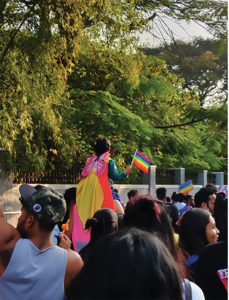
The second last thing that I would like to talk about is the juxtaposition of sexuality and gender identity. Here I would like to bring into light an element of a series of drawings I did for my gender studies project, it’s called Kings and Queens:
Kings and Queens is drawn to illustrate the slang, “gender bender” used in the LGBTQ community to celebrate diversity and at the same time singularity that makes the community so colourful. I wanted my characters to showcase the freedom to be who you really are. That people are not two-dimensional, you can be both, the person in the red dress and the person with short hair and leather jacket as well as a book lover, both gentle and strong.
The drawings also reflect the quote by Chimamanda Ngozi Adichie in her book, We Should All Be Feminists: “The problem with gender is that it prescribes how we should be rather than recognizing how we are. Imagine how much happier we would be, how much freer to be our individual selves, if we didn’t have the weight of gender expectations.”
Identity is unstable, our own identities are in a state of constant flux depending on the place, people and various other aspects which is very much reflective of how gender identities work too. There is a dire need to do away with any rules, boundaries and limitations that restrict one’s right to whichever identity they choose for themselves and perform (or even if they don’t want to fix on one or none at all). The main idea that resides at the heart of this article is that just because you’re not cut from the same cloth that they expect you to dress in, it does not make you any less of a human.
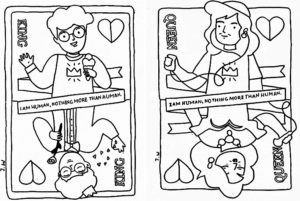
To conclude, I would like to add that even though it is ideal to look at links that unite us, we are often oblivious to the individual identity of others and ourselves. It is easy to take people, identities, languages and space for granted because most of us are under a hegemony that imposes a binary that forces us to recognise ourselves as one or the other. However, we forget to question our identities, recognise and connect with what we truly feel about this individuality. We blindly believe the perception of our self through the eyes of the society, rarely ever being conscious of our own thoughts and ideas of self.

